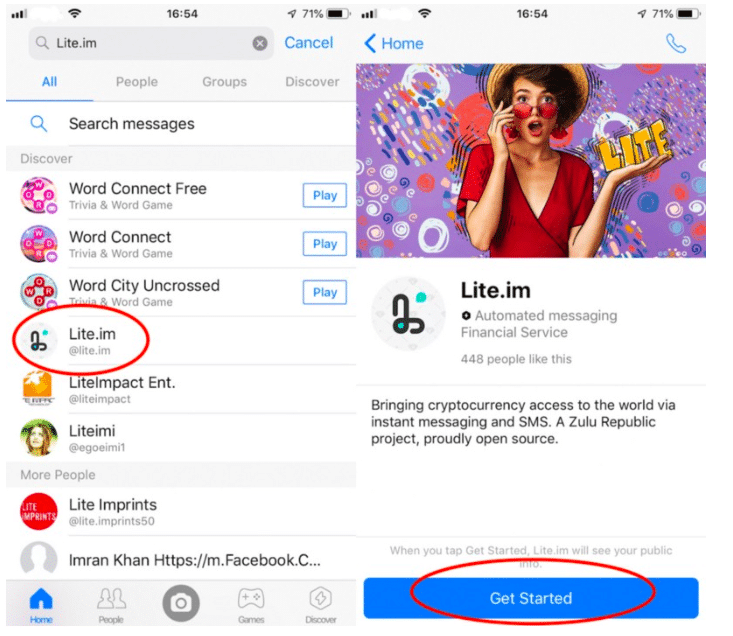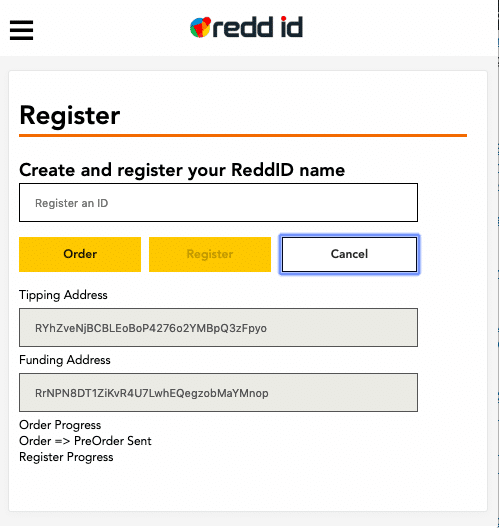- Tip Bots
- Lightning Applications
- The Kik Ecosystem
- Steem: A Blockchain Content Solution
- BAT and the Brave Browser
- Interoperability through ReddID
- The Fiat Dilemma
The growth of the internet has led to a boom in new media and independent content creators. Legacy media institutions are losing power, market share, and audiences to this emerging class.
However, this growth is under threat. These creators rely on third-party platforms such as Twitter, Youtube, and Facebook to broadcast and disseminate their content. Recently we’ve seen these companies clamp down on creators they deem as unacceptable.
On top of this, it can be hard for creators to directly monetize their content through these sites. There are very few ways to directly send money across most social media platforms.
Many creators collect revenue by using services such as Patreon, which allow their audience to financially support them. The problem is that these companies can also shut down accounts should they choose to. We have seen this happen with several prominent producers recently.
All of this highlights the problem that creators have by depending on third-parties for broadcasting and revenue.
Fortunately, cryptocurrencies and blockchain projects can circumvent these limitations. Let’s take a look at some potential solutions.
Tip Bots
One of the most rudimentary applications for rewarding content creators is a tip bot. This is a piece of software that allows you to send digital currency over a platform like Reddit.
There are many tip bots out there for all kinds of crypto assets. Perhaps the most popular one is the XRP bot which you can use this to send XRP to other users or content creators via Reddit, Twitter, or Discord.
With all tip bots, you have to purchase the asset elsewhere, then deposit it to the bot address. However, it’s not as simple as clicking send as you have to learn the bot commands. While certainly not complex, it does not deliver the kind of seamless user interface that is likely needed for mass adoption.
One bot that has delivered a more user-friendly design though is Zulu Republic’s Lite.im for Litecoin payments on Facebook, Telegram, and SMS.

Unfortunately, a major limitation with all bots is that they are typically not interoperable.
Lightning Applications
The Bitcoin community has recently become very excited by Jack Dorsey’s indication that he is open to enabling Lightning Network payments over Twitter. The company Tippin is also working on integrating Bitcoin Lightning payments on Twitter via chrome extension. The initial version will only let users tip others who already have the extension, though. Success will depend on enough users adopting the technology until Tippin can find a way to allow tipping of users not already onboard.

The Lightning Network is perfect for micropayments due to its low fees and high speeds. As a result, it could be an easy and inexpensive way for thought leaders and content creators on Twitter to monetize their opinions.
In addition to the financial gains, commentators have suggested that by adding monetary rewards into the Twitter ecosystem, there may be an increase in the quality and depth of commentary and analysis.
This functionality will not extend just to Bitcoin though. Any crypto asset that has the prerequisites can connect to the Lightning Network.
However, one such limitation is that, much like tipping bots, these lightning extensions are limited to specific platforms.
The Kik Ecosystem
Kik is a major social media platform with millions of users, mainly focused on chat use cases, similar to Whatsapp. Their Kin token is in part intended for tipping other people within and outside the Kik ecosystem. You can post content on the app and receive rewards with the token.
Kin should benefit from not having to build a community of users from scratch. By leveraging an already successful platform with active users, it should have enough initial velocity to gain adoption. Currently, though, it’s hard to see it becoming viral given that it’s not interoperable with other social media platforms. Its success, for now, lives and dies with that of Kik.
Steem: A Blockchain Content Solution
All of the above are solutions for bridging the non-crypto and crypto worlds. Another approach is to build everything in the crypto ecosystem with the hope that users will migrate to blockchain based social networks. The most famous case of this is the platform Steemit and its native cryptocurrency, Steem.
Somewhere between the experience of Facebook and Reddit, Steemit allows users to post content and, in turn, reward other users for their content with Steem.
The main challenge for Steemit is that it depends on users moving from the prevailing dominant social media sites to Steemit. Not only are Steemit’s features and UI more primitive, but aside from the tipping aspect, it currently offers little incentive for users to migrate. As such, it is struggling to overcome the network effects that Facebook and Twitter have already capitalized on.
BAT and the Brave Browser
The Brave browser is a web browser and supports Brave’s Basic Attention Token (BAT). The token is designed to reward users for viewing adverts and for tipping content creators.
The trouble with BAT, like many of these other proposals, is that it can currently only be used within Brave. Its success is dependent on enough users being pulled away from Chrome and other browsers.
Interoperability between sites and browsers is going to be key to building a truly impactful system.
Interoperability through ReddID
The Reddcoin project is trying to solve this interoperability issue through its ReddID software. Currently in beta, ReddID allows users to purchase and create usernames that correspond to their own Reddcoin private key. They can then link this username to their social media profiles and tip other users with Reddcoin directly from the different social media sites.
The beta version currently supports Facebook, Twitter, Youtube, and Reddit across Chrome and Firefox browsers.
Once a user has downloaded the extension, created a username, and linked their profiles, a simple ReddID tip button shows up against every post on each social media site. Assuming the content creator at the other end also has the extension, you can send a tip just by clicking the button, choosing an amount, and clicking send. By replacing the need to copy and paste long addresses with simple usernames, ReddID is aiming to make tipping as simple and stressless as possible.

Unlike Steemit which connects fiat values to tips, the ReddID developers are hoping that by denominating tips in Reddcoin, users have a more fun and less transactional experience.
Challenges Ahead
In order to really take off and gain a sufficient network effect, it will be necessary to tip users who do not have the extension. The development team is currently working on a full version that notifies users and content creators that they have received a tip with instructions on how to claim the coins. On top of this, integrations for Safari, IOS, and Android as well as other social media sites like Instagram are in the works.
The principal benefit of ReddID is its platform and browser agnosticism. Unlike most of the other solutions, you can, in theory, use it across any device, website, and browser. This breadth could well setup ReddID to be the de facto software for tipping and content creators across the web.
While all this sounds very promising, scaling the software has proven very challenging. What is more, since every tip is an on-chain transaction, unlike the Lightning Network solutions, the throughput of the Reddcoin blockchain will likely impose a cap on the capacity of ReddID. Although, if the team can solve these roadblocks, ReddID could be a very convenient and valuable solution for struggling content creators.
[thrive_leads id=’5219′]
The Fiat Dilemma
What none of these setups have solved yet, though, is the bridge between crypto and fiat. The vast majority of content creators live on and use fiat currency. Until any of these systems offer the ability to swap between cryptocurrency and fiat, it is hard to see content creators moving en masse away from legacy systems.
This is more of a regulatory rather than technical issue due to legislation like KYC and AML though. Fortunately, some of these systems are working on solving this problem.
It is surely a matter of time before content creators embrace cryptocurrencies and the liberation they can bring.
Never Miss Another Opportunity! Get hand selected news & info from our Crypto Experts so you can make educated, informed decisions that directly affect your crypto profits. Subscribe to CoinCentral free newsletter now.










